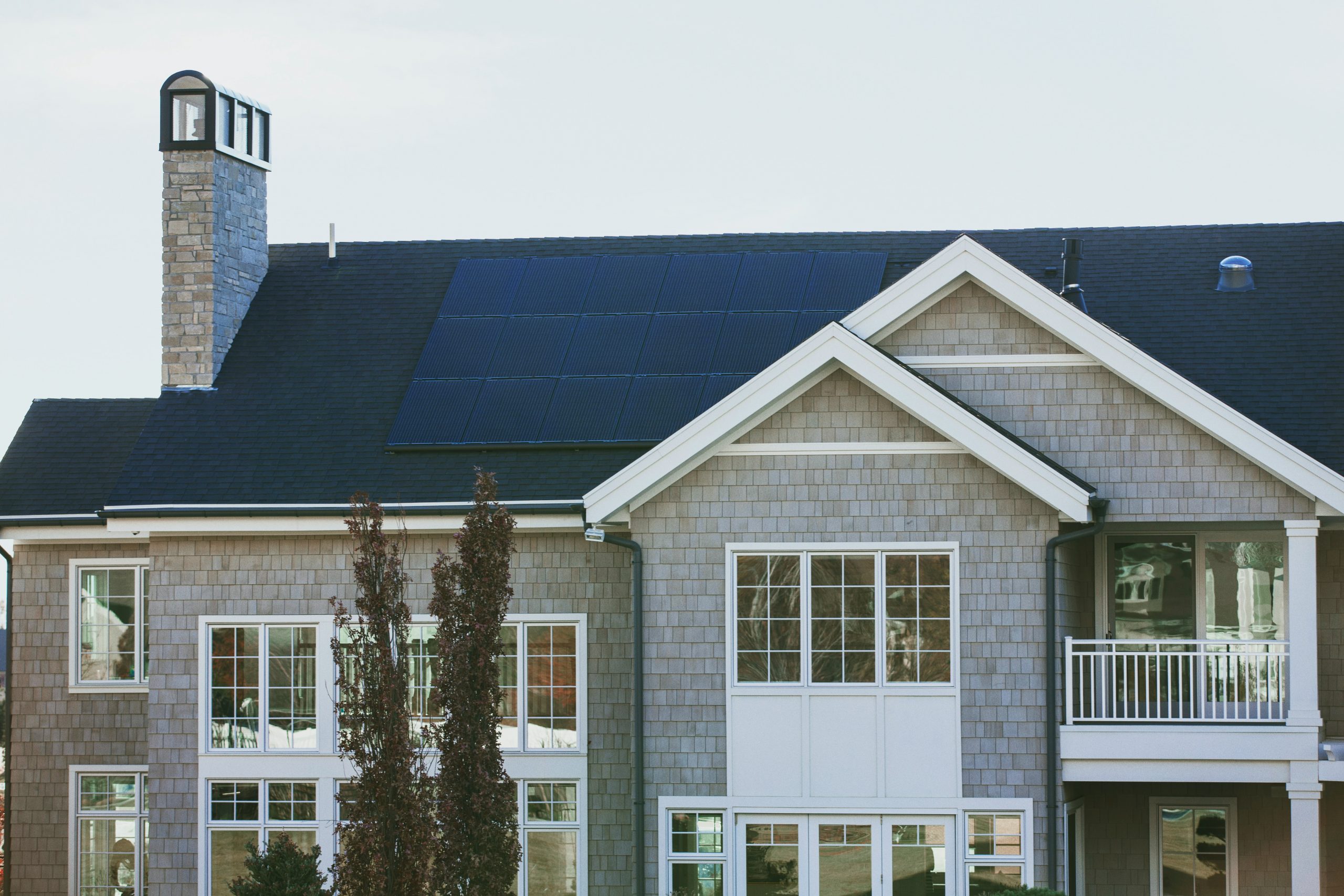
Green Homes Grant extended until March 2022
05/01/21
Homeowners will now have until March 2022 to apply for vouchers for energy-saving home improvements. The £2bn scheme was due to end on 31 March 2021, but the government has extended it for a further year.
Chancellor Rishi Sunak announced last July that homeowners and landlords could receive a grant of up to £5,000 to make their properties more energy-efficient. The government aims to improve 600,000 homes across the UK and estimates some people could save up to £600 a year on energy bills.
The scheme was due to end next March, but property experts said the tight timeframe meant millions of homeowners could miss out. The scheme operates on a voucher system, and homeowners have to use the vouchers within three months of issue or 31 March 2021, which comes sooner. This government realised this was unrealistic as there aren’t enough qualified tradespeople to carry out the work.
The scheme has now been extended until March 2022.
How does the scheme work?
Residential homeowners or landlords can apply for a Green Homes Grant voucher towards the cost of installing energy-efficient improvements.
Vouchers will cover two-thirds of the cost of eligible improvements, up to a maximum of £5,000 (although this can rise to £10,000 if someone in the household receives certain benefits).
Home improvements are split into ‘primary’ and ‘secondary’ measures. The voucher must be used for at least one primary measure such as solid wall insulation, cavity wall insulation and loft insulation.
If you install at least one primary measure, your voucher can be used to help cover the cost of a secondary measure (but only once you have installed a primary measure and redeemed the voucher for that measure).
The government has capped the amount it will pay towards secondary measures at the amount the homeowner claimed for primary measures. For example, if you received £2,000 towards primary measures, your grant for secondary measures is limited to £2,000.
Secondary measures include double, triple of secondary glazing, hot water tank insulation and heating controls.
Costs covered by the vouchers include labour, materials and VAT.
How to find a tradesperson to do the work
The Simple Energy Advice website has a tool that allows you to:
- Check if you’re eligible for a voucher
- Check what improvements may be suitable for your home
- Choose which improvements you would like and see an estimate of how much they may cost
- Find accredited tradespeople to get quotes from to carry out the work
Once you have decided what work to do, chosen a tradesperson and got a quote you are happy with, you (not the tradesperson) need to apply for the vouchers on the government website.
Once your work has been done, you need to go back onto the government website to confirm you are happy with the work and have paid your share of the cost. The government will then pay the installer directly.
The government has warned people applying for the grant to beware of scammers and have advised people not to respond to unsolicited phone calls or emails. You must use a firm registered with the Microgeneration Certification Scheme (MCS) or Trustmark.
Warning: The above is merely general guidance and should not be relied upon as formal advice. The advice we give to each client will depend on their specific circumstances. We suggest you take professional advice before taking any action in relation to the issues discussed above.




